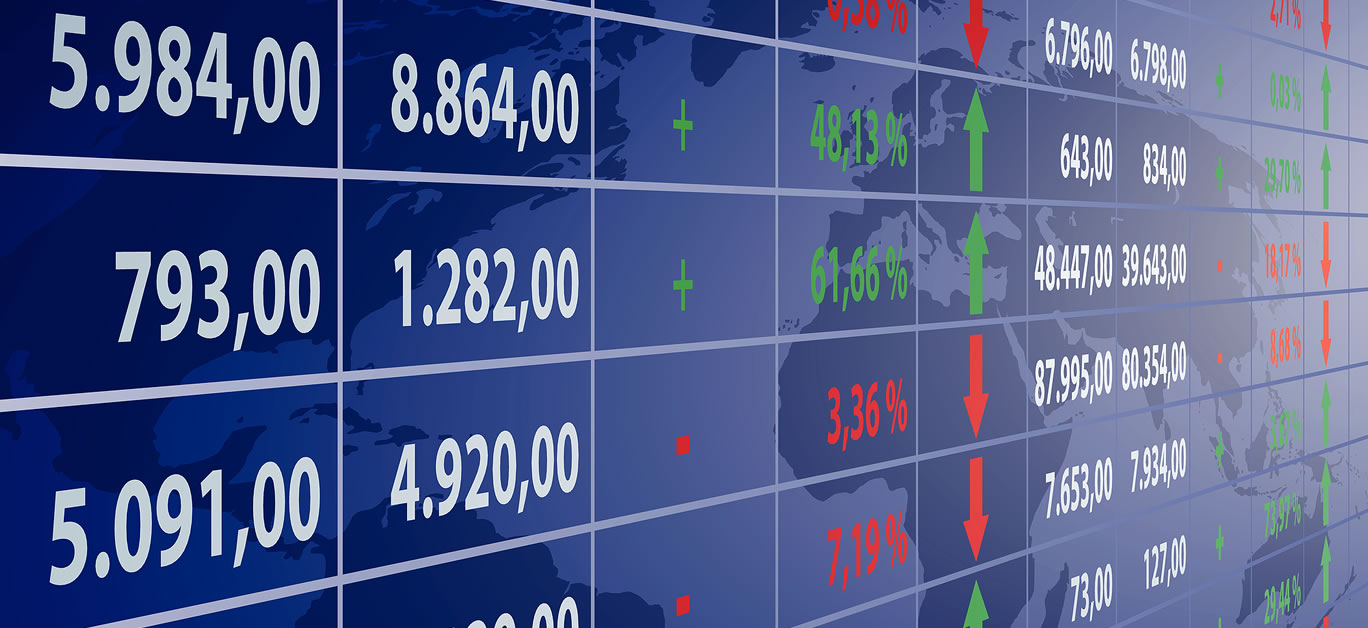Words by Johnny Minter, investment communications consultant at St. James’s Place
When it comes to our investment strategies, a short-sighted approach to wealth creation will seldom yield the best results. And yet we need to find a way to work past our fears and overcome our biases to avoid the temptations of short-term gains when markets are volatile.
Avoiding panic during market shocks
Recent years have seen the investment landscape shift dramatically. We’ve moved from Brexit, to Covid-19, now to the current high inflationary period, with the ongoing war in Ukraine. Over this period, these factors have helped markets shift rapidly at times.
When we suffer these market shocks, we first need to take a step back and consider whether we’re speculators or investors. History shows us that market falls are a feature of investing, and that volatility should be expected from time to time. However, while these short falls can happen relatively frequently, looking over the long-term, markets tend to rise.

After all, the last thing you want to do is cash in your investments when prices have fallen, and then try to buy back in after they’ve bounced back up.
Attempting to time the market is a fruitless exercise
Timing the market with any form of consistency is almost impossible and missing out on months where the market performed well will have negative long-term consequences for returns. Even missing out on a few days could have a dramatic long-term impact.
In March 2020, markets plummeted as the true nature of the Covid-19 pandemic became clearer and countries began imposing lock-downs. However, in April – the very next month – markets bounced back strongly, and investors experienced one of the best months for returns of the past 30 years.
So, rather than focusing on short-term fluctuations it’s more important to compare returns alongside a reformulated set of objectives.
Keep in perspective what you need your investments to do
It’s really important to maintain distance, and ask ourselves: what is it we want our money to do – and by when?
Stock market crashes are often emotionally charged. When they do inevitably occur, people can feel compelled to react; to do something to protect themselves. But keeping in perspective what you want your investments to achieve, such as supporting your kids through university, or enjoying a comfortable retirement, can really help.

Golden investment approach
The golden rules of investing means thinking in decades not days, with a goal or plan to guide us – and acknowledging that there will always be times when markets are more volatile. It also means avoiding changing a long-term strategy because of a short-term correction. It’s time in the market, not timing the market that’s key.
By adopting this approach and sticking with it, patient investors – who invest regularly – will be able to benefit from so-called ‘pound cost averaging’. This simply involves investing at regular intervals, resulting in more shares being purchased when prices are low, and fewer shares purchased when prices are high. Buying more units when markets are down can lead to better returns when the outlook is more bullish.
Diversification is also key. By spreading your money across multiple types of investments and geographic areas, you can potentially mitigate your exposure to risk.
Avoiding knee-jerk reactions to short-term volatility and keeping your goals in mind requires discipline, and this is where regular financial reviews can come into their own.
The value of an investment with St. James’s Place will be directly linked to the performance of the funds you select and the value can therefore go down as well as up. You may get back less than you invested.
For more information on St. James’s Place and the services they offer, visit: sjp.co.uk/products-and-services/investment-management-approach.
Disclaimer: Investing money carries risk, do so at your own risk and we advise people to never invest more money than they can afford to lose and to seek professional advice before doing so.






















